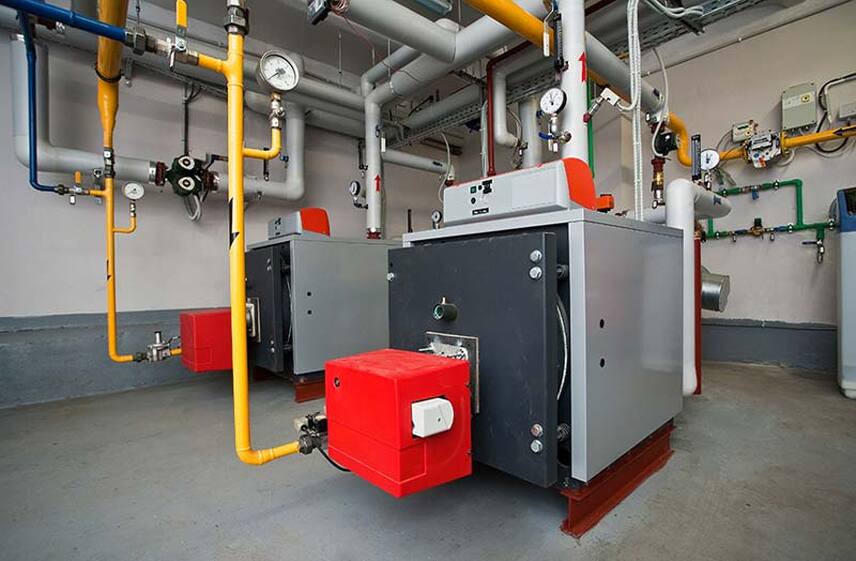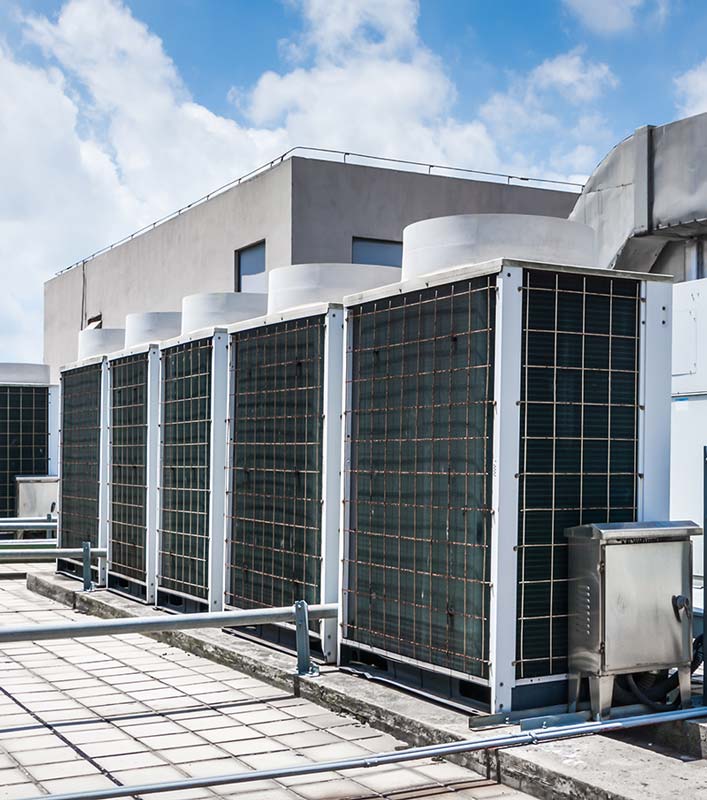Available 24/7
Greensboro (336) 498-7609
Wilmington (910) 228-5199
Raleigh (336) 498-7609
Available 24/7
Greensboro (336) 498-7609
Wilmington (910) 228-5199
Raleigh (336) 498-7609
The American Society of Heating, Refrigerating, and Air-Conditioning Engineers (ASHRAE) recently released guidelines for schools and universities holding in-person classroom sessions amidst the COVID-19 pandemic. These guidelines are designed to reduce the risk of coronavirus transmission via commercial HVAC systems and other air- handling units. Here’s what educational facilities can do to further protect staff and students:

Avoid recirculating potentially contaminated air by increasing filtration and encouraging outdoor ventilation. For local, central, and DOAS units, use the highest Minimum Efficiency Reporting Value (MERV) filter the unit accepts. It’s recommended to use MERV-13 filters at the very least, and MERV-14 filters are preferred. If the university’s HVAC unit does not accept MERV filters, filter static charge or air ionization systems can be used as an alternative solution.
Increase the amount of air mixture in individual classrooms by using portable HEPA/UV machines. Individual HEPA and UV units should be completely electric and follow the minimum guideline of two air rotations per hour, minimum. HEPA machines pull in air from the classroom through a very fine filter. The air is then passed by UV light which kills viruses and reduces the risk of COVID-19 contamination and transmission. Be sure to consult with an experienced HVAC engineer or technician before adopting UV treatments to avoid the impacts of internal components such as liners.

Certain research suggests higher air humidity levels can decrease the risk of transmission for airborne viruses, such as COVID-19, that typically thrive in dry air conditions. Educational facilities, universities, and schools can be outfitted with air handler units (AHUs) and packaged rooftop HVAC units to potentially decrease the risk of spreading coronavirus after reopening.
However, it’s critical to work with a professional HVAC contractor when installing a humidifier addition to an HVAC system. If humidity levels aren’t within certain ranges (which vary from season to season and location), the moister interior environment may cause:
Facilities without AHUs or packaged rooftop HVAC units can consider using duct mounted humidifiers as an alternative solution for adjusting relative humidity (RH) levels. Some HVAC units may not have enough space inside of them to contain a humidifier component. Duct mounted humidifiers are installed inside of the ducts, as opposed to the interior of the HVAC unit. Talk with a local certified and licensed HVAC contractor to discuss which option is best for your staff, students, and school or university.
To read the entire list of HVAC guideline details, visit the ASHRAE’s reopening guide for schools and universities. If your school, university, or educational facility needs assistance in implementing these guidelines, contact the expert HVAC technicians and engineers at Superior Mechanical. We proudly serve Greensboro, High Point, Wilmington, Winston-Salem, and other North Carolina communities.

We provide quality Commercial HVAC repair and installation, Heating and Air Emergency Services, and Air Quality upgrades.